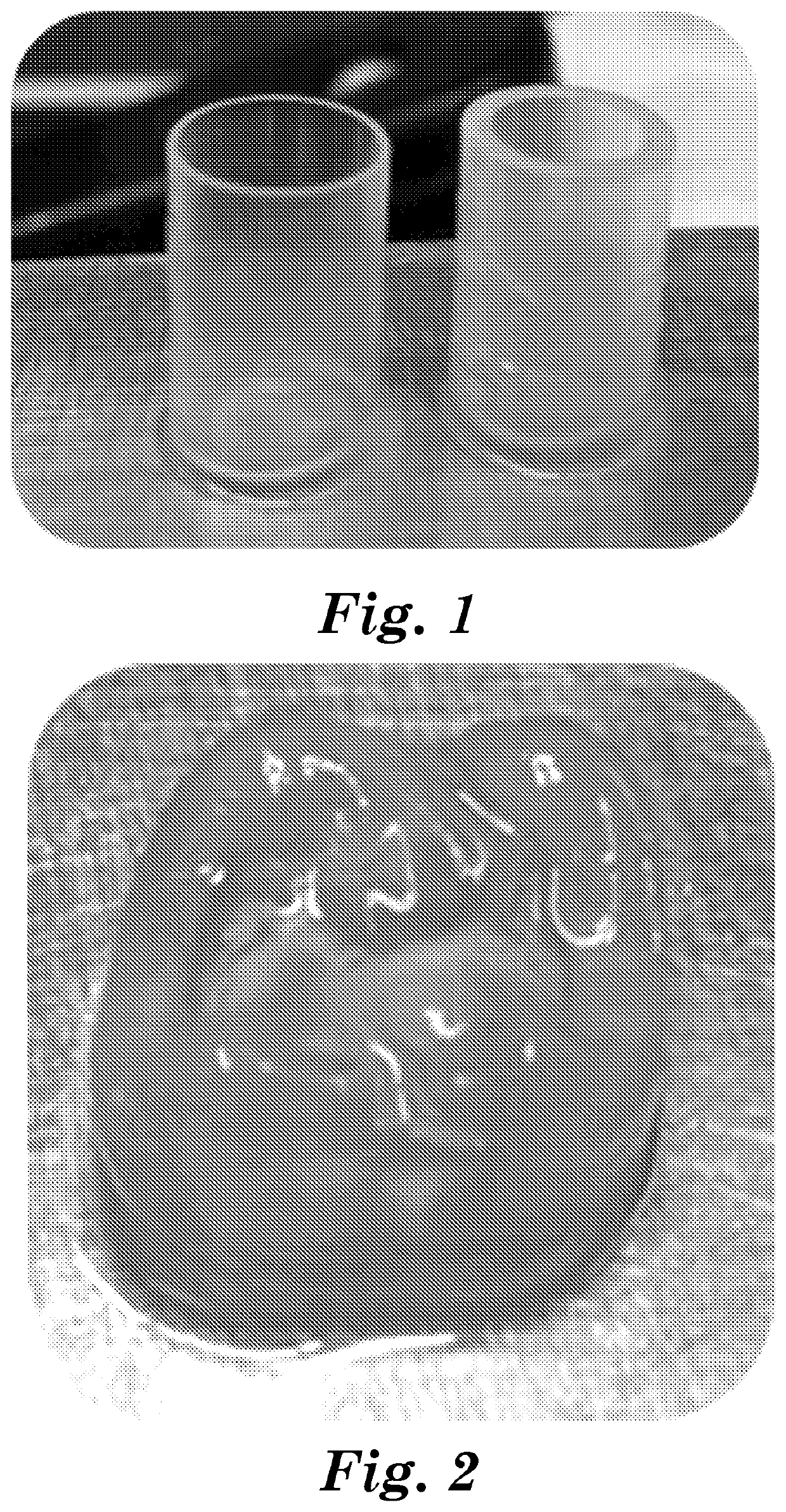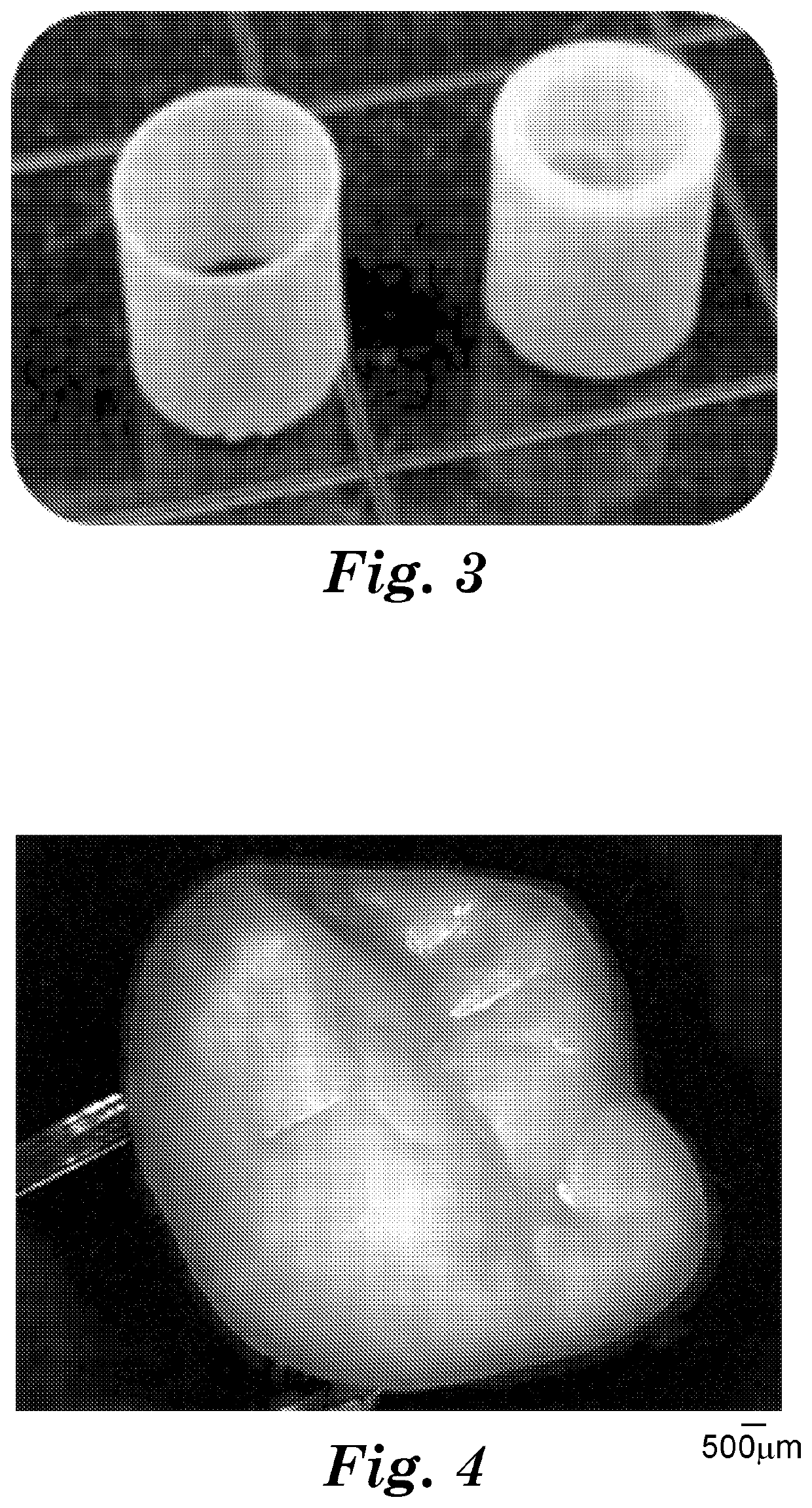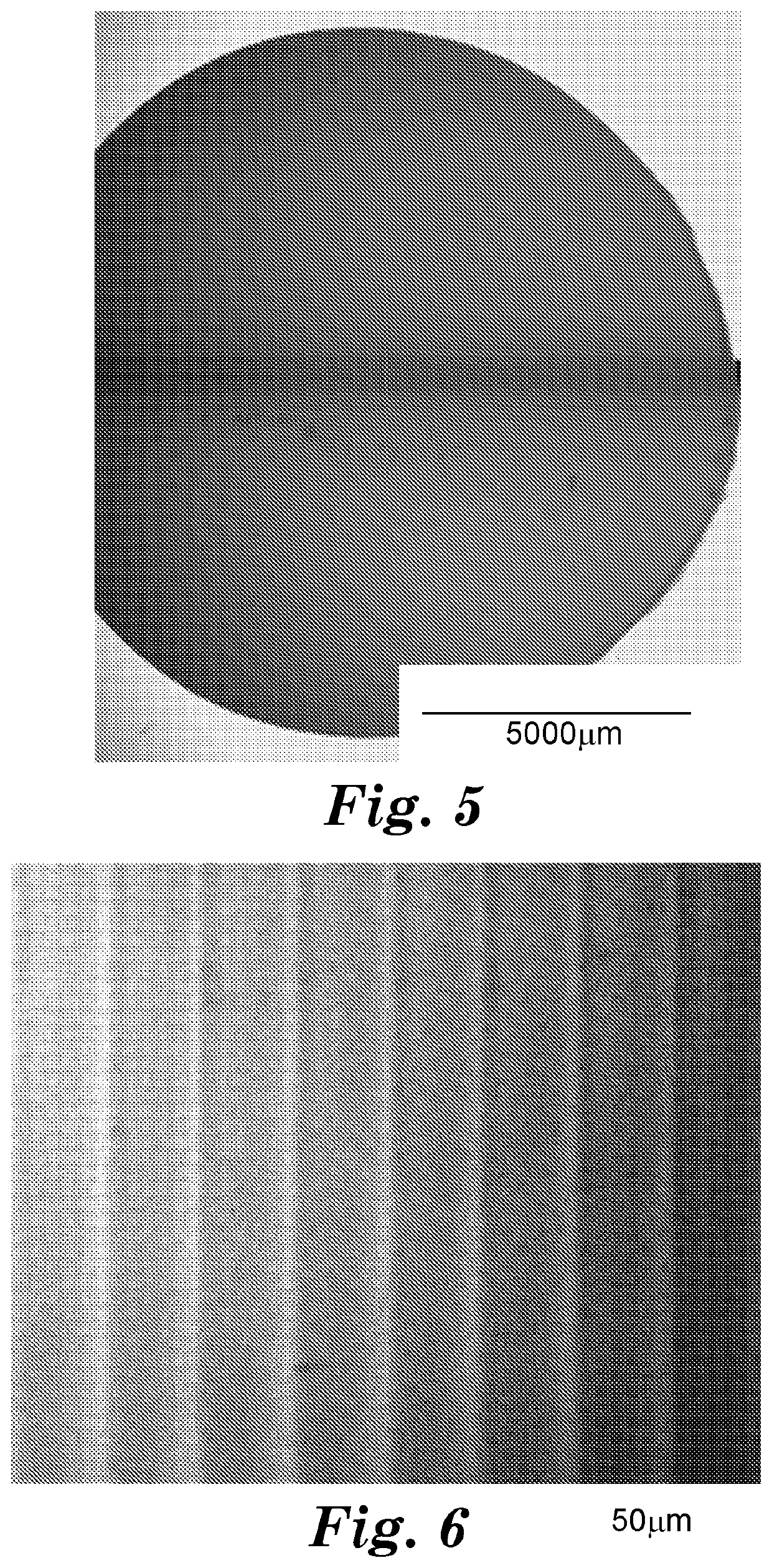Sol containing nano zirconia particles for use in additive manufacturing processes for the production of 3-dimensional articles
a technology of additive manufacturing and nano zirconia, which is applied in the direction of dental care, medical preparations, metal-working apparatus, etc., can solve the problems of difficult application of these technologies to the production of ceramic parts, difficulty in achieving dense complex three-dimensional shapes, and high final density of articles and sufficient physical properties
- Summary
- Abstract
- Description
- Claims
- Application Information
AI Technical Summary
Benefits of technology
Problems solved by technology
Method used
Image
Examples
embodiment od1
[0507]Use of a printing sol as construction material in an additive manufacturing process for producing a 3-dimensional article, the sol comprising[0508]solvent(s),[0509]nano-sized crystalline zirconia particles in an amount from 20 to 70 wt.-% with respect to the weight of the sol, the average primary particle size of the nano-sized crystalline zirconia particles being in a range from 2 to 50 nm,[0510]radiation curable component(s),[0511]photo initiator(s),[0512]organic dye(s), the printing sol having a viscosity of less than 500 mPa*s at 23° C.
embodiment od2
[0513]The use according to the preceding embodiment, the printing sol being characterized by at least one or all of the following features:[0514]being translucent in a wavelength range from 420 to 600 nm;[0515]showing a transmission of at least 5% at 420 nm determined for a path length of 10 mm;[0516]pH value: from 1 to 6, if bought in contact with water.
embodiment od3
[0517]The use according to any of the preceding embodiments, the organic dye being characterized by at least one or all of the following features:[0518]being present in an amount from 0.001 to 0.2 wt.-% with respect to the weight of the sol;[0519]radiation absorption: within a range from 200 to 500;[0520]having a molecular weight in the range of 50 to 1,000 g / mol;[0521]being soluble in the solvent;[0522]being combustible without residues at a temperature below 800° C.;[0523]not containing heavy metal ions with an atomic mass above 40 or above 45.
PUM
| Property | Measurement | Unit |
|---|---|---|
| particle size | aaaaa | aaaaa |
| path length | aaaaa | aaaaa |
| path length | aaaaa | aaaaa |
Abstract
Description
Claims
Application Information
 Login to View More
Login to View More - R&D
- Intellectual Property
- Life Sciences
- Materials
- Tech Scout
- Unparalleled Data Quality
- Higher Quality Content
- 60% Fewer Hallucinations
Browse by: Latest US Patents, China's latest patents, Technical Efficacy Thesaurus, Application Domain, Technology Topic, Popular Technical Reports.
© 2025 PatSnap. All rights reserved.Legal|Privacy policy|Modern Slavery Act Transparency Statement|Sitemap|About US| Contact US: help@patsnap.com



